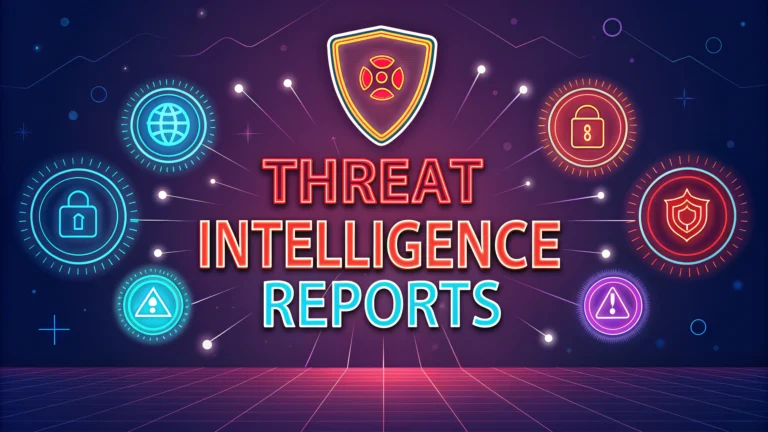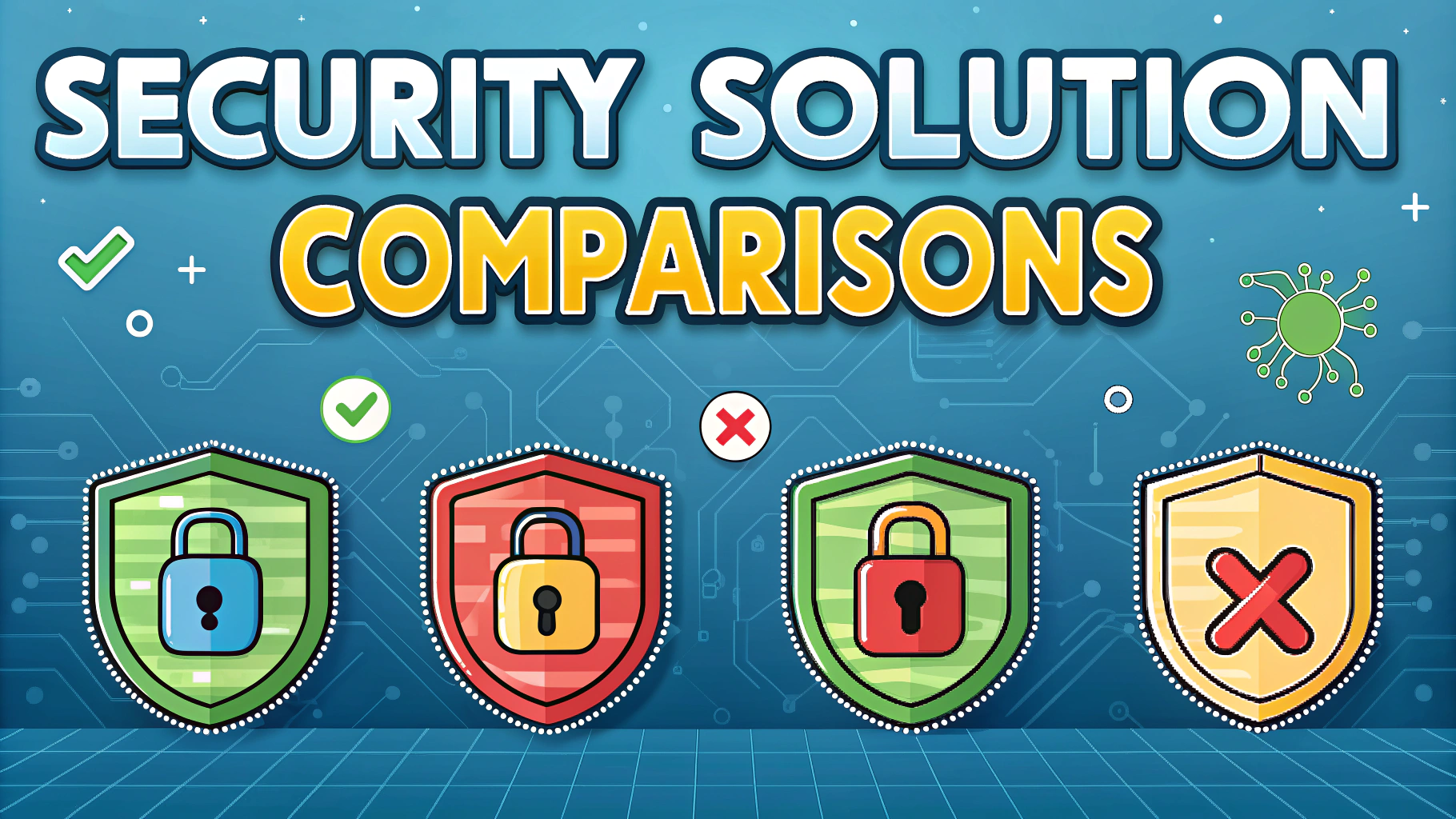Threat intelligence reports from penetration testing provide organizations with detailed insights about their security posture and potential vulnerabilities.
Security teams use these reports to understand attack patterns, identify weaknesses, and implement effective countermeasures before malicious actors can exploit them.
This quick guide explains how to create, analyze, and act on penetration testing threat intelligence reports for better security outcomes.
Key Components of a Pen Testing Threat Intelligence Report
- Executive Summary
- Testing Methodology
- Vulnerability Details
- Risk Assessment
- Remediation Recommendations
- Technical Evidence
Report Structure Best Practices
Each vulnerability finding should include a clear severity rating (Critical, High, Medium, Low) based on standard frameworks like CVSS.
Technical details must be accompanied by business impact explanations that non-technical stakeholders can understand.
Include screenshots, logs, and proof-of-concept code where applicable to support findings.
Actionable Intelligence Guidelines
- Prioritize vulnerabilities based on exploitation likelihood and business impact
- Provide step-by-step remediation instructions
- Include estimated fix timelines
- Reference industry standards (OWASP, NIST, CWE)
- List required resources for remediation
Common Report Categories
| Category | Description |
|---|---|
| Network Security | Firewall configurations, open ports, network services |
| Application Security | Web vulnerabilities, API security, input validation |
| Infrastructure | Server hardening, patch management, access controls |
| Social Engineering | Phishing resistance, security awareness, physical security |
Reporting Tools
- Dradis – Collaborative reporting platform
- PlexTrac – Pentest management and reporting
- Faraday – Open-source vulnerability management
- DefectDojo – Security orchestration and reporting
Distribution and Access Control
Implement proper access controls using encryption and secure sharing platforms for report distribution.
Consider using PGP encryption for email distribution of sensitive findings.
Track report access using document management systems that support audit logging.
Next Steps After Report Delivery
- Schedule stakeholder meetings to review findings
- Create remediation project plans
- Assign resources to fix critical issues
- Plan follow-up testing to verify fixes
- Update security policies based on findings
Moving Forward with Security Improvements
Track remediation progress using project management tools like Jira or Trello.
Schedule regular penetration tests to maintain security posture (quarterly for critical systems).
Consider engaging with security ratings services to monitor ongoing external security posture.
For professional penetration testing services, contact reputable firms like Coalfire, Trustwave, or Rapid7.
Report Validation and Quality Assurance
Implement a thorough review process to ensure report accuracy and completeness before delivery.
- Technical peer review by senior security staff
- Quality check for clarity and readability
- Verification of all evidence and screenshots
- Validation of CVSS scores and risk ratings
Risk Communication Strategies
Develop clear communication channels between technical teams and business stakeholders.
Key Communication Elements
- Business impact analysis in non-technical terms
- Cost implications of security gaps
- Regulatory compliance considerations
- Industry comparison metrics
Continuous Improvement Process
Establish feedback loops to enhance future penetration testing and reporting processes.
- Document lessons learned from each engagement
- Refine testing methodologies based on findings
- Update report templates with emerging threat categories
- Incorporate client feedback into future reports
Building a Security-First Culture
Transform penetration testing reports into organizational learning opportunities.
- Share sanitized findings in security awareness training
- Create security champions within development teams
- Integrate security testing into the development lifecycle
- Establish metrics for security improvement tracking
Strengthening Your Security Foundation
Regular penetration testing and comprehensive reporting form the cornerstone of a robust security program. Organizations must treat these reports as living documents that drive continuous security improvements.
Focus on building a systematic approach to implementing report recommendations and maintaining an ongoing security assessment cycle. Remember that security is not a destination but a journey of constant vigilance and improvement.
FAQs
- What is a Threat Intelligence Report in penetration testing?
A Threat Intelligence Report in penetration testing is a detailed document that analyzes potential security threats, vulnerabilities, and attack patterns identified during security assessments. It includes actionable insights, risk levels, and recommendations for improving security posture. - What are the key components of a Threat Intelligence Report?
A comprehensive Threat Intelligence Report contains executive summary, methodology, identified vulnerabilities, risk ratings, technical findings, proof of concept, impact analysis, and detailed remediation recommendations. - How often should Threat Intelligence Reports be generated?
Reports should be generated after each penetration test, typically quarterly or bi-annually for regular assessments, and immediately following incident responses or when new critical vulnerabilities are discovered. - What risk classification systems are used in Threat Intelligence Reports?
Common risk classifications include CVSS (Common Vulnerability Scoring System), custom severity ratings (Critical, High, Medium, Low), and DREAD (Damage, Reproducibility, Exploitability, Affected users, Discoverability) modeling. - How should vulnerabilities be prioritized in the report?
Vulnerabilities should be prioritized based on their potential impact, exploitability, affected assets’ criticality, and likelihood of exploitation, with critical and high-risk findings presented first. - What technical evidence should be included in Threat Intelligence Reports?
Reports should include screenshots, logs, network captures, exploit code (when appropriate), affected systems/endpoints, and step-by-step reproduction steps for each vulnerability. - How should remediation recommendations be presented?
Remediation recommendations should be specific, actionable, prioritized, and include timelines, required resources, potential impact of fixes, and verification methods to confirm successful implementation. - What compliance standards should be referenced in Threat Intelligence Reports?
Reports should reference relevant compliance standards such as NIST, ISO 27001, PCI DSS, HIPAA, and industry-specific frameworks that apply to the organization’s regulatory environment. - How should the report handle disclosure of sensitive information?
Reports must follow responsible disclosure practices, protect sensitive data through encryption or redaction, and adhere to NDAs and legal requirements while maintaining sufficient technical detail for remediation. - What metrics should be included in Threat Intelligence Reports?
Key metrics include number of vulnerabilities by severity, mean time to detection, exploitation difficulty, affected systems percentage, risk scores, and historical trending data for recurring assessments.








